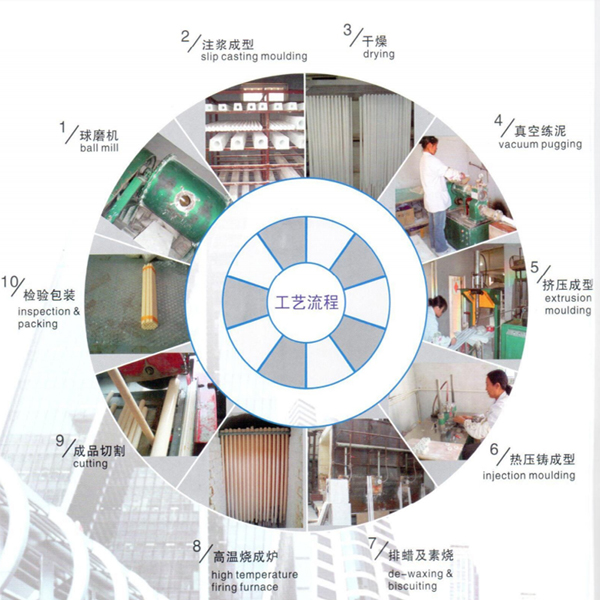Selecting the Right Ceramic Material,A Buyer's Guide to Key Properties

Ceramic materials are essential in many industries. They’re found in electronics, machinery, construction, and even household products. However, selecting the right ceramic can be challenging. Each type of ceramic has unique properties that make it ideal for certain uses. Some handle high temperatures; others are resistant to wear or corrosion. Knowing these properties helps buyers choose the right material for their needs. This guide breaks down the main ceramic types and their key properties to make selection easy and effective.
Choosing the best ceramic material involves evaluating its properties against your specific needs. Follow these steps to make an informed decision:
Define the Application
Start by identifying where and how the ceramic will be used. Consider factors such as operating temperatures, exposure to chemicals, required durability, and potential electrical insulation needs. For example, if the application is in an industrial furnace, high thermal stability is critical. For electronic substrates, you’ll need materials with good electrical insulation and thermal conductivity. A clear understanding of the application helps narrow down essential properties.
2. Prioritize Key Properties
After defining the application, prioritize the ceramic performance properties that matter most. For heat-intensive uses, thermal stability should be at the top of the list. For moving mechanical parts, wear resistance and hardness will be crucial. Create a checklist with ranked properties to focus on, based on the unique demands of your application. This prioritization ensures that you only consider materials that can handle the specific stresses and conditions of the intended environment.
3. Compare Material Options
With prioritized properties in mind, compare different ceramic types and assess their strengths. Use a chart or table to match each material (such as alumina, zirconia, silicon nitride) with your desired properties. Evaluate the exact performance data, like maximum operating temperature, hardness, or corrosion resistance levels. This step helps you see clearly how each ceramic measures up to your requirements and simplifies the selection process.
4. Review Product Specifications and Standards
Check if the ceramic materials meet industry standards or certifications, especially for critical applications like medical or aerospace. Verify technical datasheets and manufacturer specifications to ensure that the chosen ceramic material meets all regulatory and safety standards. This is especially important for applications where product failure could lead to significant costs or safety hazards.
5. Consider Cost and Availability
Balance the material’s performance with its cost and availability. Some ceramics, like zirconia, may offer excellent properties but come with a higher price tag. If the application allows, you may find more affordable options, such as alumina, which provides good performance at a lower cost. Availability is also crucial for projects requiring large quantities or specific dimensions, so check with suppliers on stock levels and lead times.
Taking these steps allows you to choose a ceramic material that meets both technical and practical requirements. By focusing on application needs, prioritizing key properties, and balancing performance with cost, you can select the ceramic that will offer the best results for your specific purpose.

